Cureus, Obstructive Sleep Apnea and Role of the Diaphragm
Por um escritor misterioso
Last updated 29 junho 2024
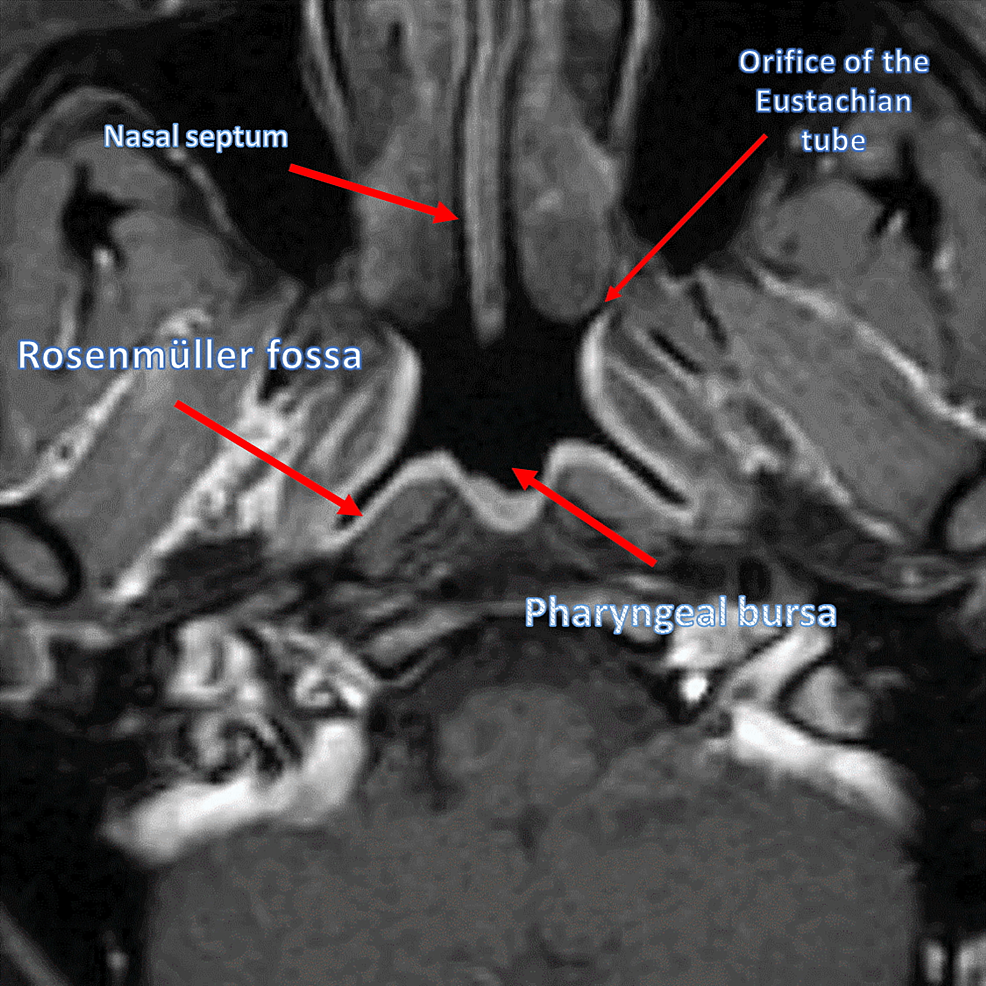
Obstructive sleep apnea (OSA) causes multiple local and systemic pathophysiological consequences, which lead to an increase in morbidity and mortality in patients suffering from this disorder. OSA presents with various nocturnal events of apnoeas or hypopneas and with sub-clinical airflow limitations during wakefulness. OSA involves a large percentage of the population, particularly men, but the estimate of OSA patients could be much broader than data from the literature. Most of the research carried out in the muscle field is to understand the causes of the presence of chronic nocturnal desaturation and focus on the genioglossus muscle and other muscles related to dilating the upper airways. Sparse research has been published regarding the diaphragm muscle, which is the main muscle structure to insufflate air into the airways. The article reviews the functional anatomy of the muscles used to open the upper respiratory tract and the non-physiological adaptation that follows in the presence of OSA, as well as the functional anatomy and pathological adaptive aspects of the diaphragm muscle. The intent of the text is to highlight the disparity of clinical interest between the dilator muscles and the diaphragm, trying to stimulate a broader approach to patient evaluation.

Clinical Guideline for the Evaluation, Management and Long-term Care of Obstructive Sleep Apnea in Adults

The Five Diaphragms in Osteopathic Manipulative Medicine: Myofascial Relationships, Part 1. - Abstract - Europe PMC

Overlaps between obstructive sleep apnoea and other respiratory diseases, including COPD, asthma and interstitial lung disease

PDF) Ageing of the Diaphragm Muscle

Patients with epiglottic collapse showed less severe obstructive sleep apnea and good response to treatment other than continuous positive airway pressure: a case-control study of 224 patients.
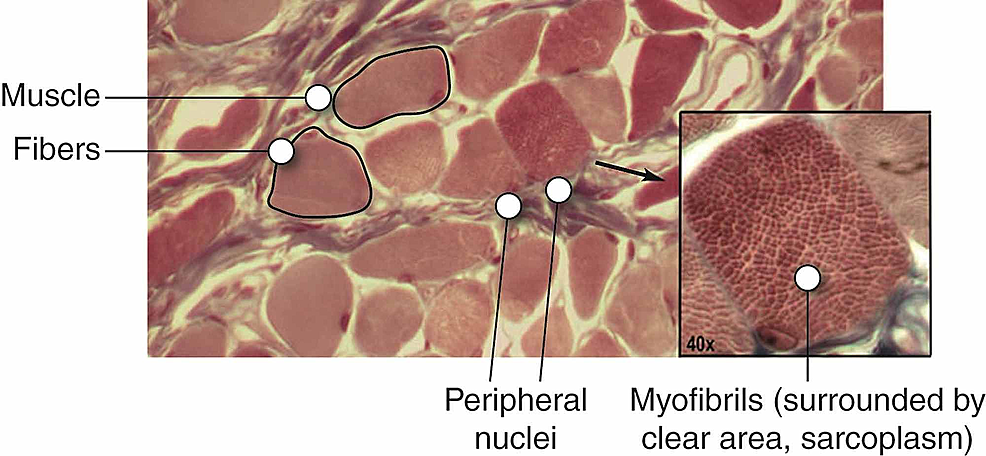
Cureus, Ageing of the Diaphragm Muscle

Frontiers Management of Obstructive Sleep Apnea in Patients With Heart Failure
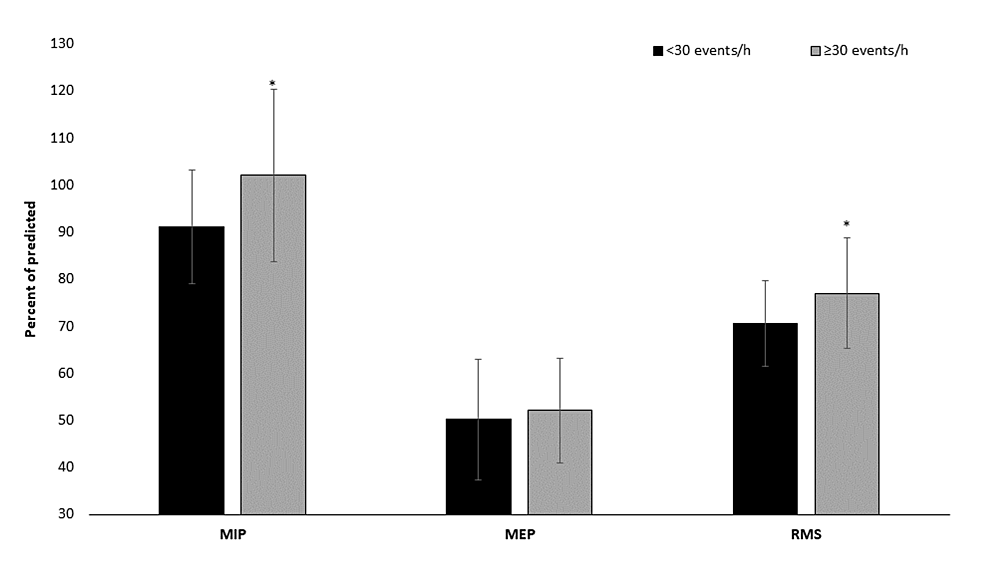
Cureus, Respiratory Muscle Strength as an Indicator of the Severity of the Apnea-Hypopnea Index: Stepping Towards the Distinction Between Sleep Apnea and Breath Holding

Patients with epiglottic collapse showed less severe obstructive sleep apnea and good response to treatment other than continuous positive airway pressure: a case-control study of 224 patients

Sympathetic Activity in Obese Subjects With and Without Obstructive Sleep Apnea
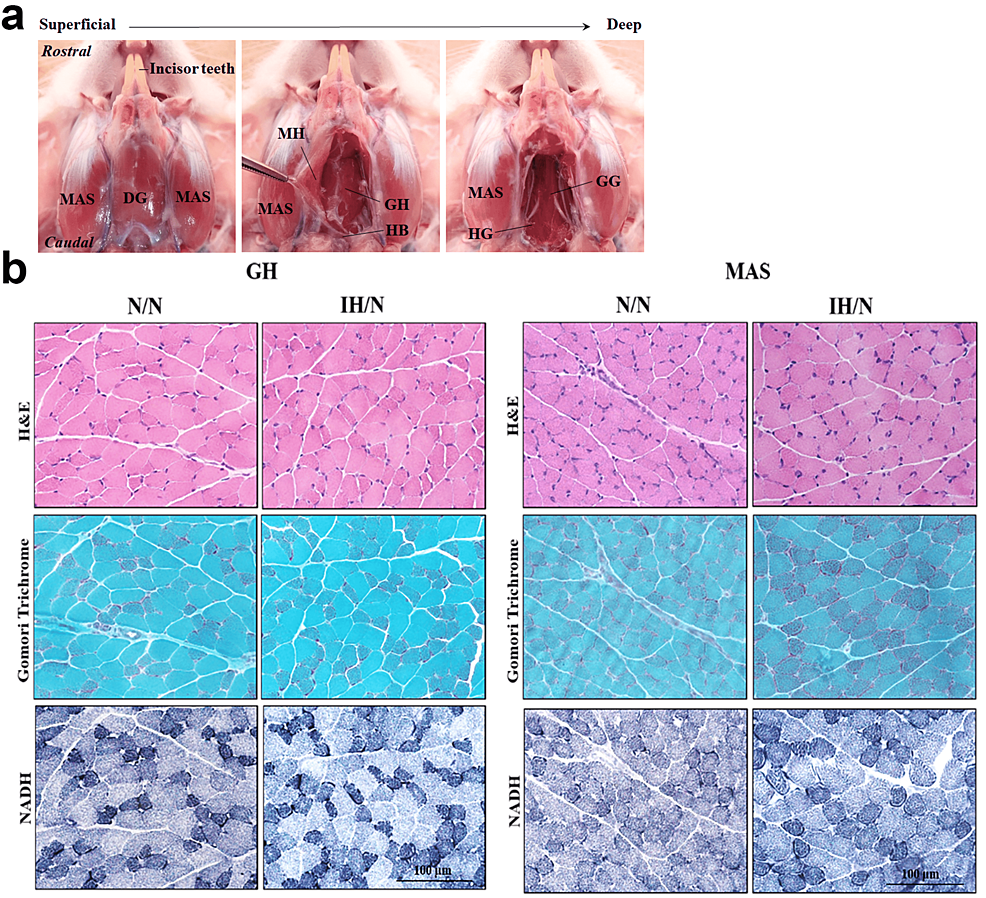
Cureus, Gestational Intermittent Hypoxia Induces Mitochondrial Impairment in the Geniohyoid Muscle of Offspring Rats

Clinical Guideline for the Evaluation, Management and Long-term Care of Obstructive Sleep Apnea in Adults

A Missing Voice: The Lingual Complex and Osteopathic Manual Medicine in the Context of Five Osteopathic Models. - Abstract - Europe PMC

PDF] Ageing of the Diaphragm Muscle

Task-dependent neural control of regions within human genioglossus
Recomendado para você
-
 The SCP Foundation - Casual Cards - Yugioh Card Maker Forum29 junho 2024
The SCP Foundation - Casual Cards - Yugioh Card Maker Forum29 junho 2024 -
 Joke SCP Readings: SCP-007-J Unidentified Muffin Creature29 junho 2024
Joke SCP Readings: SCP-007-J Unidentified Muffin Creature29 junho 2024 -
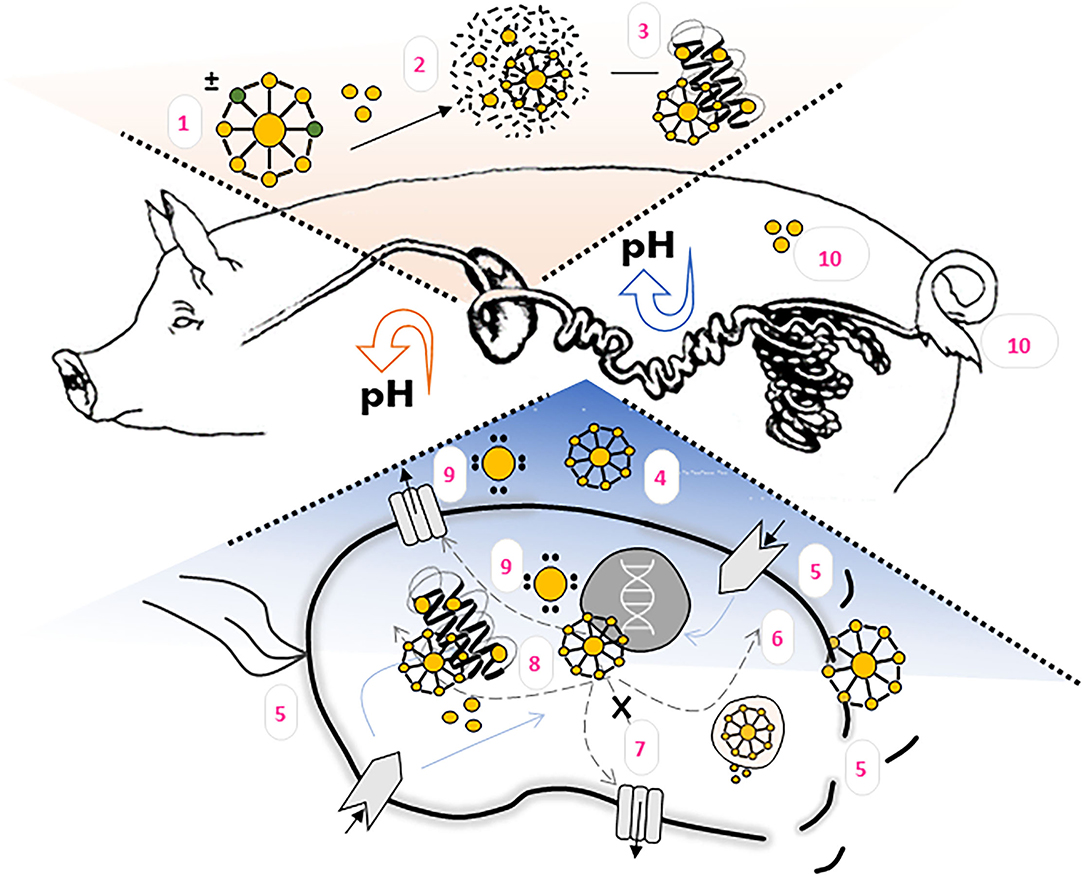 Frontiers Importance of Zinc Nanoparticles for the Intestinal Microbiome of Weaned Piglets29 junho 2024
Frontiers Importance of Zinc Nanoparticles for the Intestinal Microbiome of Weaned Piglets29 junho 2024 -
 SCP-S4S – SCP-173-J Song (The Sculpture) Lyrics29 junho 2024
SCP-S4S – SCP-173-J Song (The Sculpture) Lyrics29 junho 2024 -
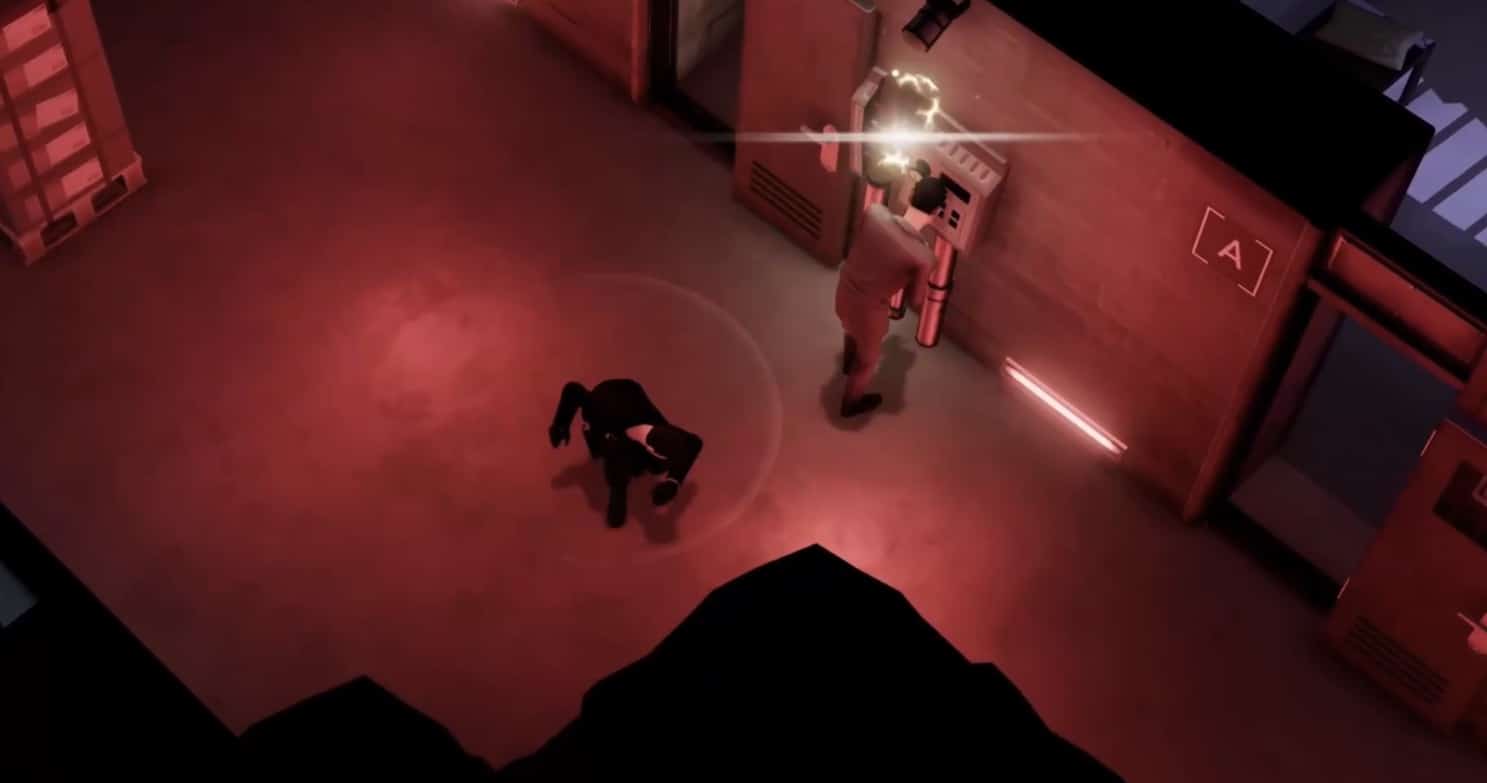 Apple Arcade: New James Bond game joins September 2023 releases29 junho 2024
Apple Arcade: New James Bond game joins September 2023 releases29 junho 2024 -
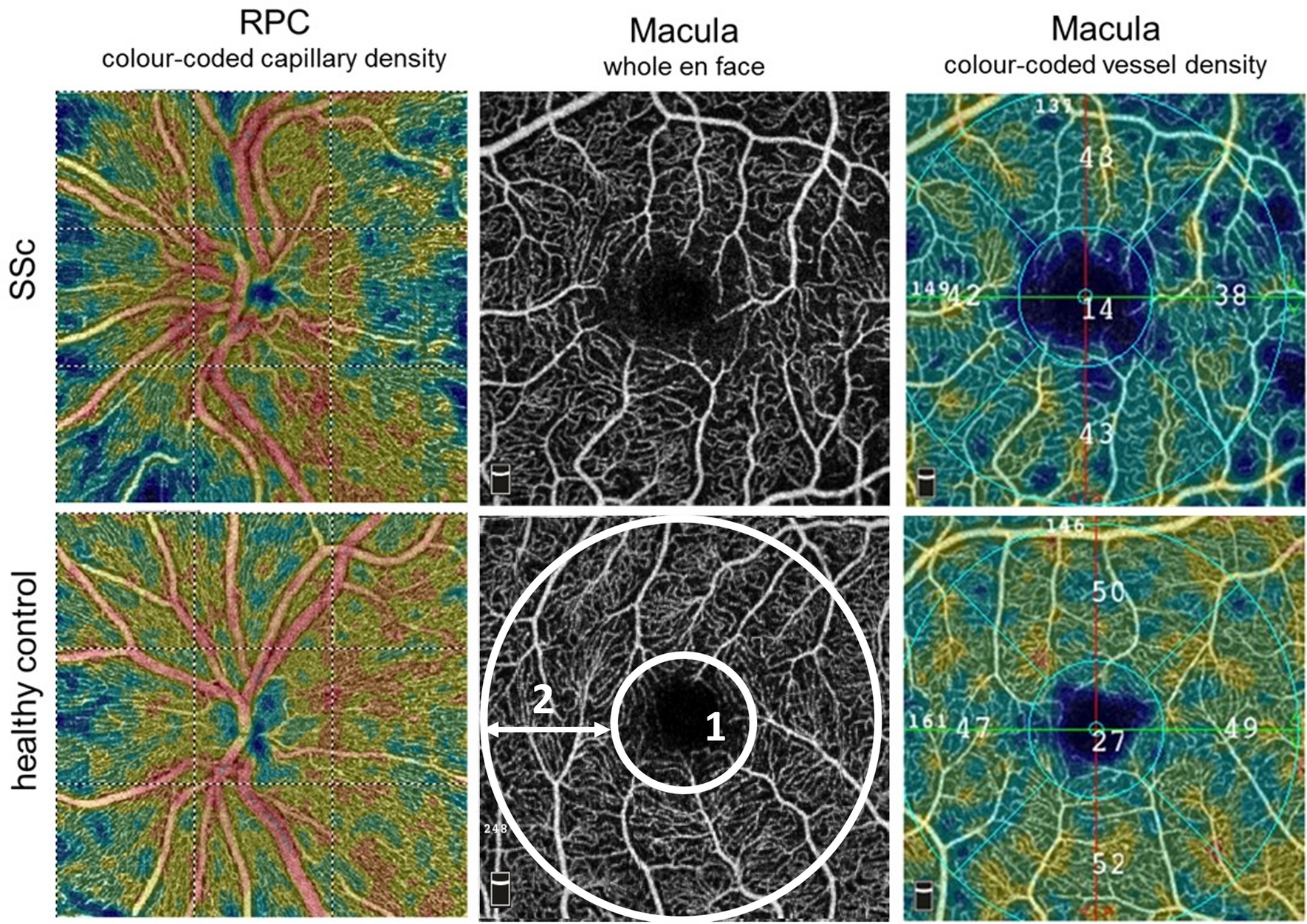 Altered ocular microvasculature in patients with systemic sclerosis and very early disease of systemic sclerosis using optical coherence tomography angiography29 junho 2024
Altered ocular microvasculature in patients with systemic sclerosis and very early disease of systemic sclerosis using optical coherence tomography angiography29 junho 2024 -
 SCP Delta - Minecraft Mods - CurseForge29 junho 2024
SCP Delta - Minecraft Mods - CurseForge29 junho 2024 -
 Stream SCP-S4S Listen to SCP songs playlist online for free on SoundCloud29 junho 2024
Stream SCP-S4S Listen to SCP songs playlist online for free on SoundCloud29 junho 2024 -
 Pathogenesis of neural tube defects: The regulation and disruption of cellular processes underlying neural tube closure - Engelhardt - 2022 - WIREs Mechanisms of Disease - Wiley Online Library29 junho 2024
Pathogenesis of neural tube defects: The regulation and disruption of cellular processes underlying neural tube closure - Engelhardt - 2022 - WIREs Mechanisms of Disease - Wiley Online Library29 junho 2024 -
 Typical magnetic resonance imaging scan showing the coracohumeral29 junho 2024
Typical magnetic resonance imaging scan showing the coracohumeral29 junho 2024
você pode gostar
-
 Libertadores: Onde vai passar o jogo do Corinthians ao vivo na TV e online - 28/0629 junho 2024
Libertadores: Onde vai passar o jogo do Corinthians ao vivo na TV e online - 28/0629 junho 2024 -
 como DESENHAR o BACON do ROBLOX - cómo DIBUJAR ROBLOX - How to draw ROBLOX29 junho 2024
como DESENHAR o BACON do ROBLOX - cómo DIBUJAR ROBLOX - How to draw ROBLOX29 junho 2024 -
 Mortal Kombat: Conheça todo o elenco do filme29 junho 2024
Mortal Kombat: Conheça todo o elenco do filme29 junho 2024 -
 Kaguya Shinomiya Kimono Ver Kaguya-sama Love is War Ultra Romantic Coreful Prize Figure29 junho 2024
Kaguya Shinomiya Kimono Ver Kaguya-sama Love is War Ultra Romantic Coreful Prize Figure29 junho 2024 -
 FNF MOD Mobile - Whitty Mods Friday Free Download29 junho 2024
FNF MOD Mobile - Whitty Mods Friday Free Download29 junho 2024 -
 sadasd Rede de Opinião29 junho 2024
sadasd Rede de Opinião29 junho 2024 -
 Samsung brings a fix for Microsoft Intune issue on Galaxy S22, S21: Details29 junho 2024
Samsung brings a fix for Microsoft Intune issue on Galaxy S22, S21: Details29 junho 2024 -
 Toca Boca Dress Up Game - Play Online29 junho 2024
Toca Boca Dress Up Game - Play Online29 junho 2024 -
 Multidimensional LC Separations in Shotgun Proteomics29 junho 2024
Multidimensional LC Separations in Shotgun Proteomics29 junho 2024 -
 Lego Harry Potter Years 1-4 Seminovo Nintendo 3DS29 junho 2024
Lego Harry Potter Years 1-4 Seminovo Nintendo 3DS29 junho 2024